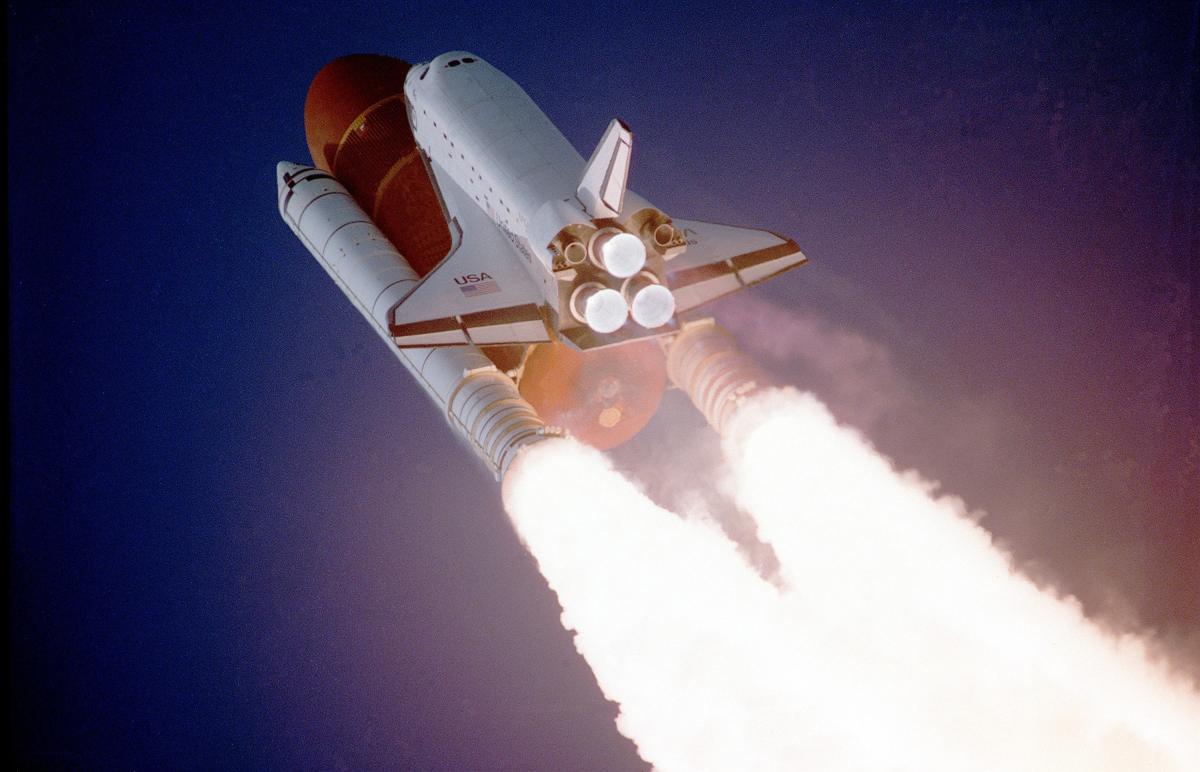
This is the 2nd lesson is a 2-part series. Students will expand their knowledge of Newton's laws while building, launching and changing the design of paper rockets. This design and modeling exercise

This is the 2nd lesson is a 2-part series. Students will expand their knowledge of Newton's laws while building, launching and changing the design of paper rockets. This design and modeling exercise

Students will expand their knowledge of Newton's laws while building, launching and changing the design of paper rockets. This design and modeling exercise by JPL/NASA starts students off with a
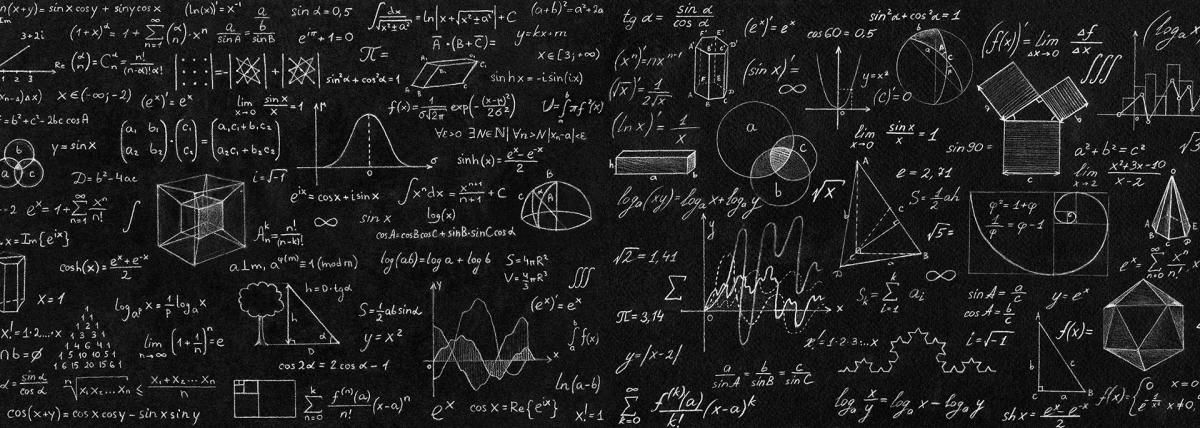
In this creative lesson, students focus on inertia while exploring the magnetic compass and its errors while flying an aircraft.
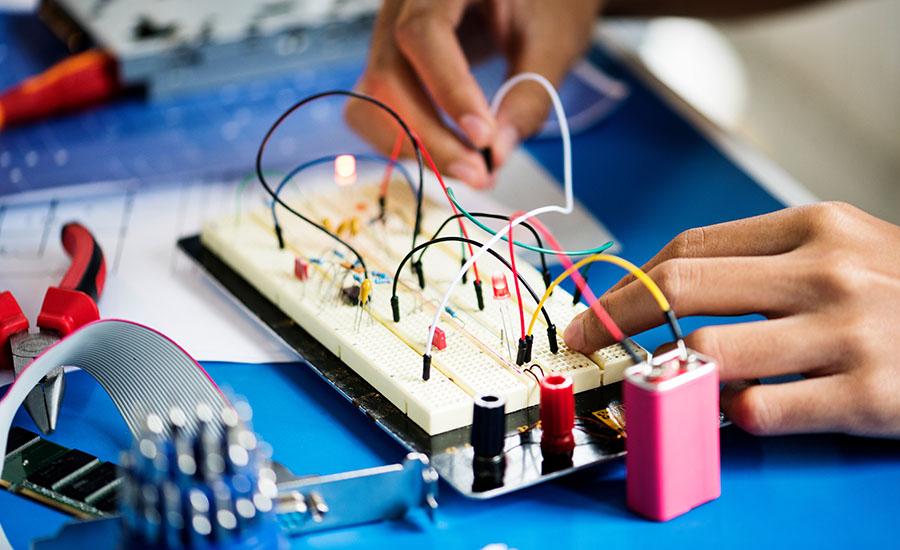
In this lesson, students will research to plan and design an "energy store" (battery) that will utilize potential and kinetic energy to power a city.

In this hands-on lesson, students explore unbalanced forces through a variety of learning experiences and reading material. They then create simple machines to demonstrate unbalanced forces.
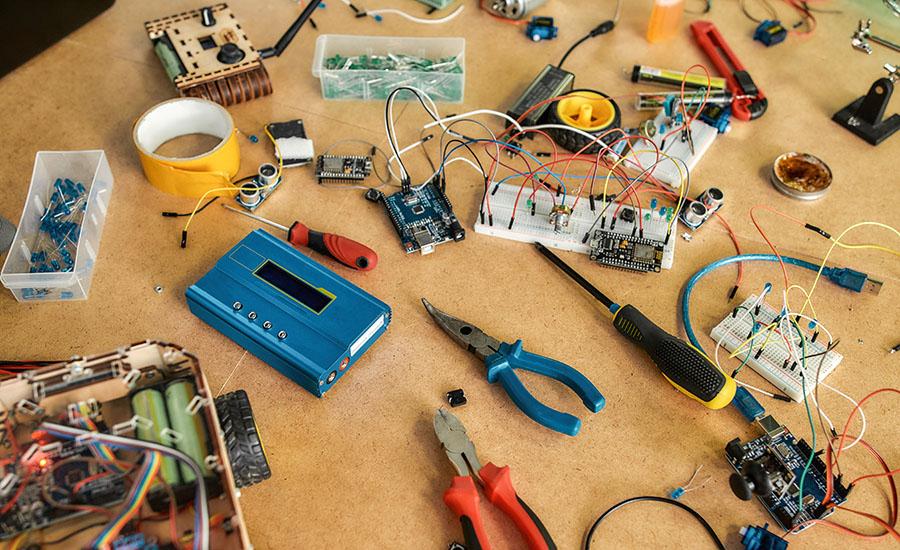
Today we are engineering marble runs. To do this we will: Share ideas Brainstorm and sketch plans Count and measure Collaborate and communicate effectively with others

Today we will engineer air powered rockets. To do this we will: Watch a video and note the shape of rockets and learn about countdown and liftoff Name shapes as we brainstorm and sketch plans Build

In this hands-on lesson, students learn about the discipline of structural engineering by using the engineering design process to create a load-bearing structure. The purpose of this lesson is to
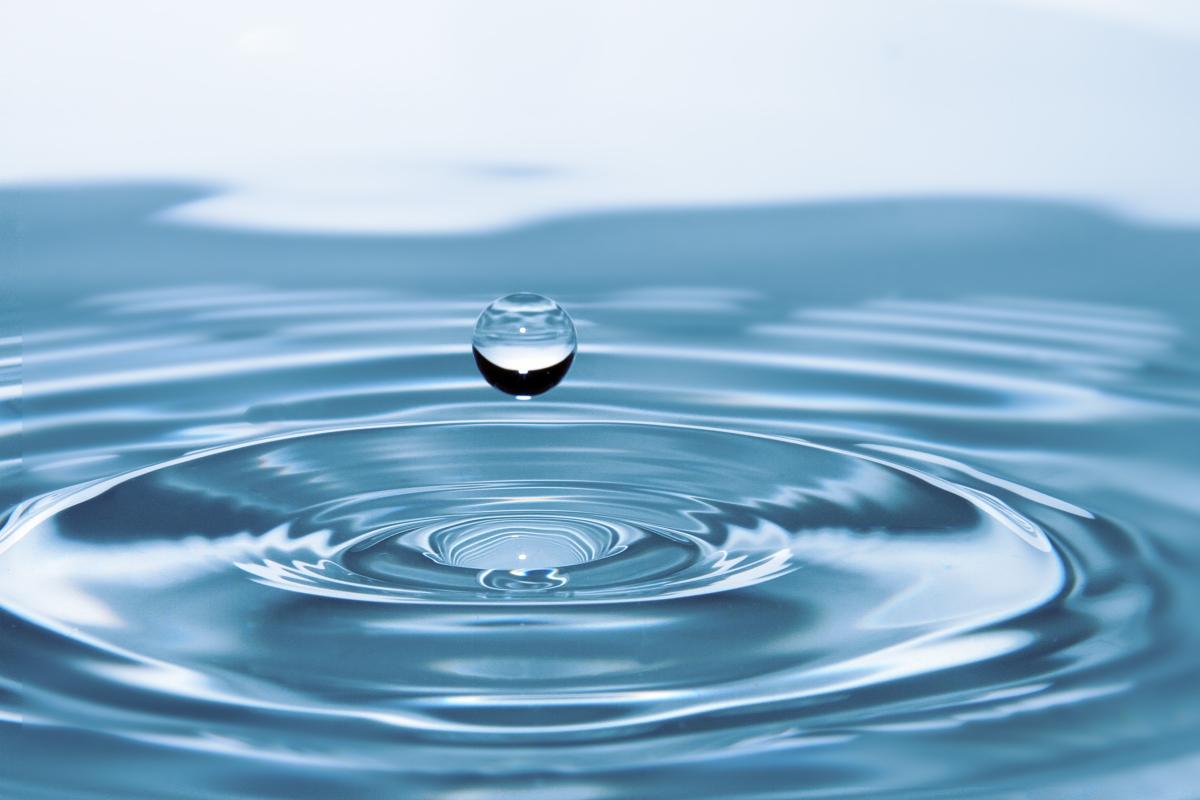
In this hands-on lesson, students will test how long an ice cube takes to melt in the classroom. They will then design and build a structure that will prevent a 1-gram ice cube from melting completely